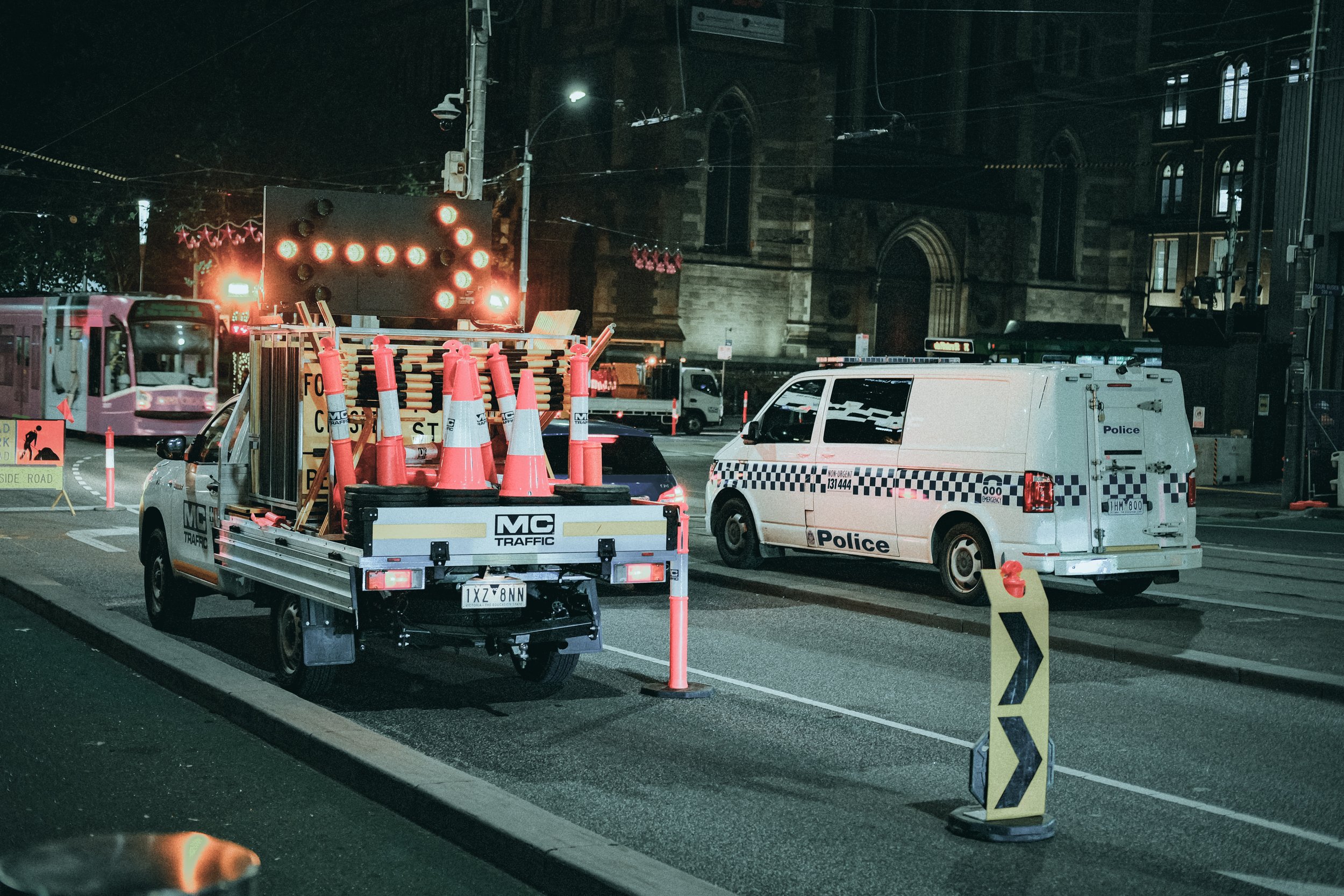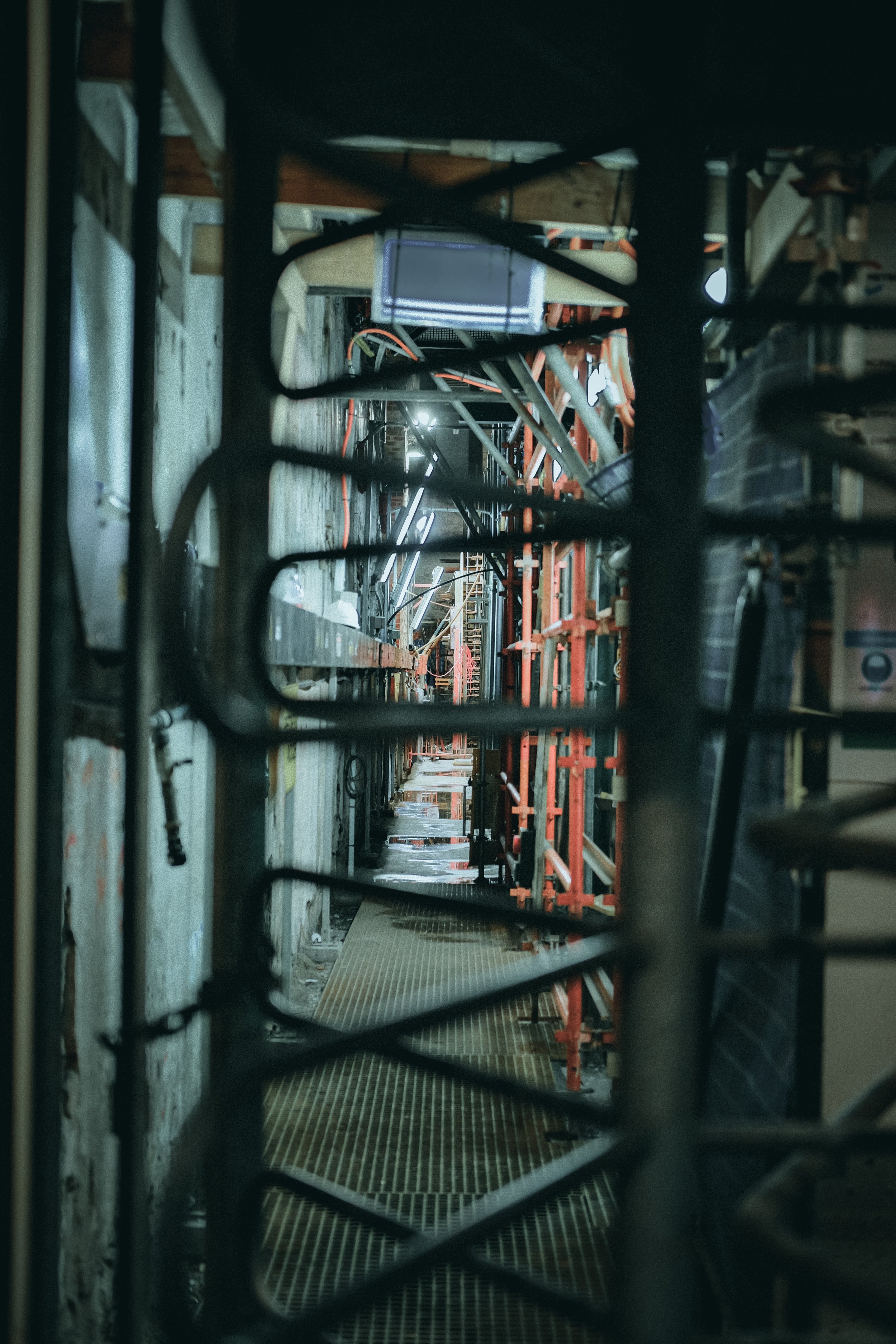AUGUST 2024
Soooo. I think this is going to be a project that’s ongoing for some time. It took some time to get the equipment I needed but, even now, I think it might be changing as time goes on. I had already purchased the Intrepid 8x10 and some other bits to start doing Tin Types. I actually made some good progress and started to get some good results but quickly realised, it was just too much for me to do at that time. With the chemicals and space needed, I decided to put it on the back burner.
When I was browsing the internet I came across Harmen Direct Positive Paper and became interested in what kind of results people were getting, the set up was similar to what I already had, I just didn’t need so many harmful chemicals sitting around. I already had a lot of the equipment, except a large format lens, to which I acquired by trading in some medium format gear. The lens I had for Tin Types didn’t have a shutter, which I would definitely need for some consistency.
Direct positive paper is what I consider, a print straight out of camera. Once it’s exposed, a quick develop, stop and fix and there it is, a positive black and white image on a nice fibre based glossy piece of paper. The only problem is… it’s very slow with an ISO of like… 2, maybe even 1 and it’s very contrasty, the blacks are black and whites are white. I had seen a lot of varying results online, some were honestly quite terrible and others were seriously impressive. I’m hoping to go down the more impressive route, my first 3 exposures are telling me otherwise though, there under exposed and a smidge out of focus. The one below is just a photo taken on my phone, it’s the best out of the 3 and does look much better in person!
I wanted this to be a project on people who have and interesting story, or in there environment, be that at work, at home or somewhere they just love, kind of environmental portraits but with some context, if that makes sense. Maybe a close up more intimate portrait if it’s the telling of a story and something more wide and open if it’s more of an environmental portrait.
After my first 3 exposures I quickly realised I’m going to have a problem with the wider environmental portraits. Even on a bright sunny day here down under, the light was only just enough to achieve F5.6 at 1/20th. This is most definitely not fast enough for any portraits I was hoping to take inside and, honestly, there is no amount of flash or continuous lighting that will make it doable for some of the larger/wider scenes I had in mind.
I’m thinking I might have to move to Black and White film for this endeavour. I’ll only need a film holder to replace my plate holder and a scanner to do so. My only problem then, is that once it’s digitised, eventually, it has to be printed adding another cost.
The box of 25 sheets that I have purchased will very much be used to hone in my skill and practice/experiment. The next few I do ill be rating at ISO1 rather that ISO3 and see how they turn out. I’ll keep this blog updated with my progress.
MAY 2025
Time moves fast and I just couldn’t find the time to get the 8x10 out during the summer season, very annoying! However, I had 4 hours free one morning this past week so set up in the driveway to use the last 4 sheets of Direct Positive Paper I had remaining. Previous to this, I had set up in the living room one evening to attempt a few portraits under some consistent lighting so that I could dial in the flash settings, I was happy with the exposure’s I got (I cant share the photo’s I’m afraid), but… I had some developing problems with he fixer and it was turning the paper completely black, turns out it wasn’t the fixer, it was just me being stupid, I was turning off the safe light to early in the process.
Fast forward to the 4 free hours on my driveway, I had everything set up, I used two 750w lights just off to each side front facing, one 500w just behind the subject pointing at the back drop and one 500w light behind, above and off to the side as a bit of rim light.
I put the lights on full power based on what I had previously experienced inside the house, it was hugely over exposed, my guess was the UV light being outside in direct sun had a lot to do this, at 1/60th at f8, I didn’t think it would make so much of a difference at a speed of ISO1, but I was wrong. That’s me now down to 3 sheets remaining. I dropped the flash power on the two 750w by 25% and took another, this time of myself so, the focus is out a bit but I didn’t want to waste anyone else’s time until I had some decent exposures.
I was getting close but, still over exposed. I had 2 sheets left and was now worried that if I dropped the flash power again, I wouldn’t have much light at all anywhere else in the frame. I decided to pull the lights back a little and drop the power by another 25% ish and just see what happens.
I popped over the road to grab Shaun, and here’s what I got straight after developing during the wash…
It was looking way more on point than the previous 23 sheets I had burnt through and I was now feeling confident in what I could produce using the current set up.
Below is an iPhone shot after it had dried for a short while, following that, another iPhone shot that has been edited in Lightroom. I’m super stoked with the results and a very small amount of tweaking in LR does make a lot of difference, although that’s not really the point.
I’m now onto my last shot and kept everything the same, when I took the above photo’s over the road to show Shaun, I managed to find someone else that was willing to sit for the last shot, it turned out just as good!
I’m super happy with how the last 2 shots turned out and I’m excited to get my hands on another 25 sheets, I’ll be putting the order in soon.
Next time, I’ll be setting up in one area, and shooting most of the sheets so that I can really play around to get the best results, first though, I need to build a darkroom box so I can develop on site.
July 2025
Things are getting good and I’m really happy with the results I’m starting to get.
This is Jahman, he’s a legend.































